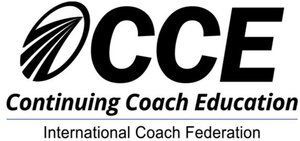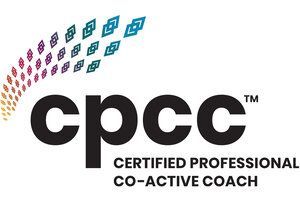Breathing Into the Essence of Who You Are: A Journey of Identity through Yin Breathwork

What does it mean to truly know who you are?
During Pride Month, we celebrate the beauty of diverse identities and the courage it takes to live authentically. But beyond the labels and roles, there is a deeper essence waiting to be seen—a core self that exists beneath the surface. At Elemental Wellness, we believe that reconnecting with this essence is both a sacred and scientific journey. And breath is the bridge.
The Breath: A Portal to the Subconscious
Yin Breathwork, rooted in Leonard Orr’s Rebirthing Breathwork, offers a gentle yet profound way to access inner truth: not through thinking, but through feeling and presence. This form of conscious, connected breathing helps shift our awareness from the everyday, thinking mind (conscious) to the deeper, quieter terrain of the subconscious.
Why does this matter? Because the subconscious holds the stories, emotional imprints, and beliefs we’ve absorbed, often unconsciously, from culture, family, and lived experience. These inner patterns shape how we see ourselves and how freely we live out our identities.
Through slow, circular breath, Yin Breathwork helps bypass habitual thought loops and opens the door to neuroplasticity: the brain’s natural ability to rewire. When we breathe with intention and softness, we create a relaxed yet alert state, similar to light meditation or REM sleep, where old emotional imprints can surface and be gently released.
Science Meets Soul: The Nervous System and Breath
From a physiological perspective, breath is one of the few automatic functions we can consciously control. When we slow and deepen our breathing, we signal safety to the brain through the vagus nerve, activating the parasympathetic nervous system, our body’s natural state of rest and repair.
This matters deeply for identity work. If we've lived in fight-or-flight, bracing against judgment, discrimination, or internalized shame, our nervous system may associate authenticity with risk. But breath offers another way. It teaches the body that it is safe to soften, to open, to be seen.
Over time, regular Yin Breathwork can help regulate the nervous system, reduce anxiety, and increase emotional resilience. It becomes a quiet revolution within: an unlearning of fear and a return to inner freedom.
Identity: A Living, Breathing Process
We often think of identity as something to define or declare. But what if identity is not fixed, but fluid? What if it’s something we remember, layer by layer, breath by breath?
In a Yin Breathwork session, there is no need to force answers. We simply lie back and breathe, allowing what wants to emerge to rise. The experience can feel meditative, emotional, or quietly powerful. As tension releases from the body, insight often follows about who we are beneath the roles, the expectations, the old stories. Rather than striving for authenticity, we relax into it. This isn’t a quick fix. It’s a return to the self—a remembering of what has always been there. And in that remembering, healing happens
Pride as a Return to Wholeness
Whether you're navigating your gender, sexuality, cultural heritage, or your evolving sense of self, Yin Breathwork offers a sanctuary—a space to return to your body and your truth. There’s no performance. No pressure. Just breath. Just presence. Just you.
This Pride, instead of stepping out, we invite you to step in. To soften. To listen. To discover who you are beneath the noise gently, fully, and unapologetically. Yin Breathwork isn’t about changing yourself; it’s about remembering who you’ve always been.
Join us for a Yin Breathwork session and reconnect with who you truly are.
For booking: info@counselingperspective.com










